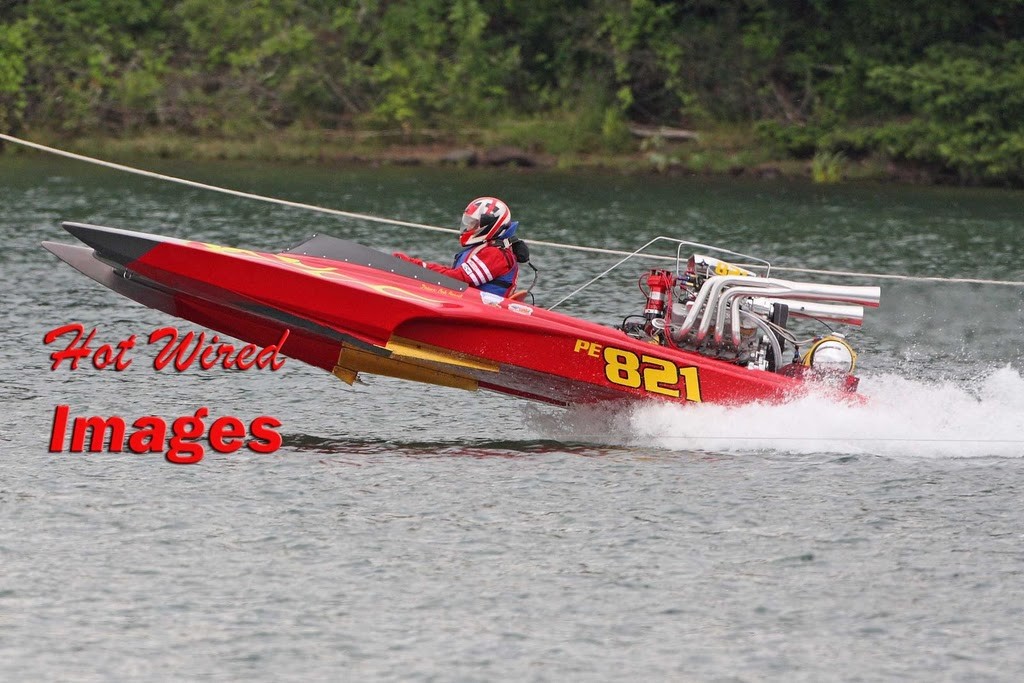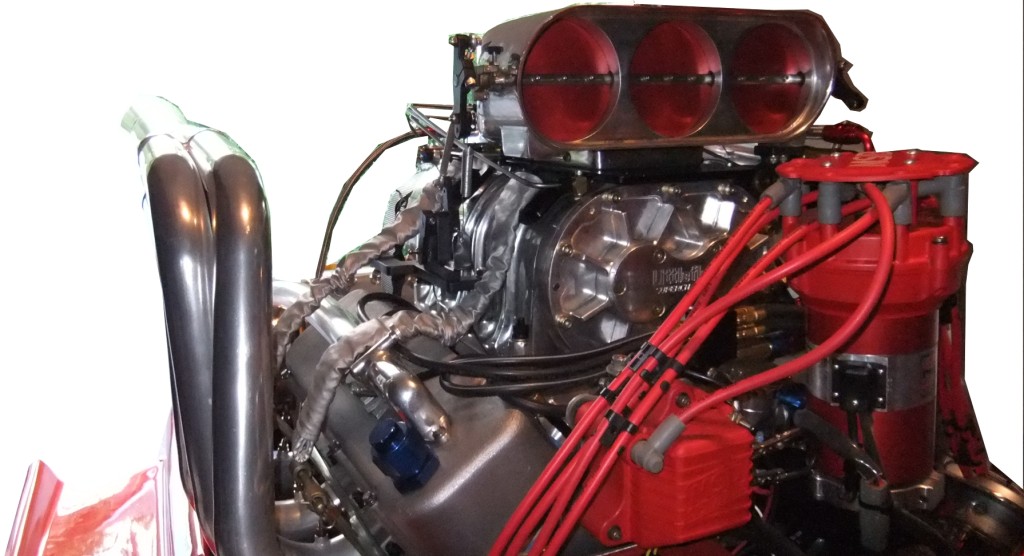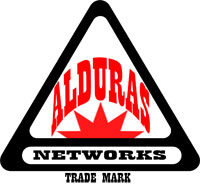As we learn at Alduras, we share with our colleagues by posting articles.
Openwrt
Openwrt is a superb piece of open source software. It is a Linux-based system to replace the stock firmware on dozens and dozens of off-the-shelf routers. The open source community has banded together to offer many significant features that run on some incredibly inexpensive devices. The underlying configuration tends to be extremely flexible and full-featured.
The luci web interface of openwrt is an incredibly well thought out set of web pages to access and modify the configuration of an openwrt router.
We've been running openwrt here at Alduras for years. The reliability is second to none.
We have installed openwrt on various routers:
Openwrt on the Mikrotik RB493G
The Mikrotik RB493G is one of the most capable desktop routers that runs openwrt. It has 9 gigabit Ethernet ports and full 2.4/5GHz WiFi capability. This is our newest article that details the process of installing openwrt with the new 'SysUpgrade' style installation (after the openwrt/LEDE merger).
We wrote an article detailing the installation of openwrt on the Mikrotik RB493G.
Openwrt on the Mikrotik RB450G
Mikrotik manufactures the extremely robust RN450G 5 port gigabit router. It is used in tough environments (frequently outdoors), has a reputation for reliability, is remarkably feature-rich, yet is very reasonably priced. The RB450G is available with a metal case and fits well in industrial applications due to its ruggedness and 8-28VDC flexible power supply requirement that meshes so well with the typical 24VDC power supplies used in industrial applications.
We wrote an article detailing the installation of openwrt on the Mikrotik RB450G.
Openwrt on the TPLink TL-WR1043ND
The TPLink is a commercial quality (as opposed to industrial) 4 port gigabit router with dual band 2.4GHz/5GHz WiFi that fully supports 802.1q VLANs. At under $50, it provides an inexpensive way to configure multiple interconnected, firewalled VLAN-based networks and teach/test the principles of VLANs. This is an amazing piece of hardware at a bargain price.
We wrote an article detailing the installation of openwrt on the TPLink TL-1043ND.
Re-installing Mikrotik RouterOS After Installing Openwrt
The above Mikrotik articles detail how to overwrite RouterOS with Openwrt. But what about when you want to go the other direction? If you have saved your RouterOS .key file, as suggested in the above articles, you can easily re-install RouterOS again on your RouterBoard.
We wrote an article detailing using Mikrotik netinstall to install RouterOS.
VLANs
Virtual Local Area Networks (VLAN) are a powerful mechanism to allow and secure multiple networks within a home, small business, industrial application, or enterprise business. We believe every controls engineer should understand their use in industrial applications since VLANs are such a useful tool to ensure effective isolation of network segments.
To explain the use of VLANs in a simple application, we wrote a series of articles explaining the process of adding a Guest Network, including Guest WiFi, into a Home Network. These articles are intended to explain the advantages and uses of VLANs in a simple application (creating a Guest Network in your home).
Articles in The VLAN Series:
- Guest Wifi Network - Part 1 - Device Selection
- Guest Wifi Network - Part 2 - Why VLANs
- Guest Wifi Network - Part 3 - Setting Up the TPLink TL-WA801N Access Points
- Guest Wifi Network - Part 4 - Setting Up the Cisco Linksys Sg300-10P Managed Switch
- Guest Wifi Network - Part 5 - Installing Openwrt on the TPLink TL-WR1043ND Router
- Guest Wifi Network - Part 6 - Setting Up the TPLink TL-WR1043ND Router
Drag Boats - Motors, Drive Trains and Controls
Drag Boats are the fastest boats in the world. The top fuel boats exceed 300 MPH and 6000+ Horsepower. Its impossible to watch a boat go that fast, at dusk with flames shooting feet out its exhaust 'zoomies', without having the hair on your arm stand on end.

Alduras has developed, built and heavily field tested a PLC-based control system for drag boats. The PLC control system takes some of the manual burden off the driver, ensures more consistent reaction times, protects against certain types of motor failure, and, most importantly, provides historical performance data that allows the boat's crew to tune the boat for predictable, reliable performance. The ability to watch fuel flow, fuel temperature, cylinder temperature, horsepower, and torque through an entire pass allows a crew chief to make the per-pass adjustments that extend motor life and assure maximum consistency. Its not enough to simply collect reams of data: the challenge is to process that data, make it useful to predict fuel ratios, blower pulley ratios, shift points, throttle stops, and present that data in a form that is useful and understandable by the crew.
Drag motors are an altogether different beast than street motors or other types of racing motors. Electronic spark control and fuel injection are incredible advantages on a typical motor, but can be a severe detriment in a drag motor. A drag motor is essentially a two-state motor: it idles (state 1) and it runs at full throttle (state 2). There are no in-between states: partial throttle is rarely used (just when slowing down after the race is over). Applying the electronics spark control or electronic fuel injection practices that work so well for other motors is not necessarily a recipe for success in drag racing. All the beautiful fuel injection is a waste if excess fuel has been applied, hydraulicing the motor, or minimal fuel has been applied, leaning out the motor to an explosive result.

A successful drag racing program is mostly about having reliable mechanical systems. If you can put out predictable horsepower over and over again, you will win.
So a PLC-based electronic controls system in a drag motor is more about providing useful feedback after a run than controlling the motor during the run (with a few exceptions). The thing about high horsepower blown alcohol motors is that they are temperamental and difficult on their own, without adding the complexity of dynamic electronic controls. An effective controls system for a drag motor is therefore best when it does the least control, but provides the most useful post-run feedback. Another way of saying that is to emphasize that the designer of a drag motor control system must have humility: don't complicate the life of the crew chief by adding more nifty whiz-bang electronic doodads that can (will) go wrong, but instead provide a system that helps explain what happened after each pass.
A drag motor controls designer must be keenly aware that the driver's life is on the line. Keep it simple and provide relevant data that makes the boat reliable: its a principle that people will literally live by!
Alduras has written a Blown Alcohol Drag Boat Owner's Manual for the crew of a 1050 HP Blown Alcohol 8 second Pro Eliminator hydroplane. The manual discusses lessons learned through years of drag racing including a successful world championship year. As in drag racing on land, successful crews tend to guard their secrets closely since it takes so much effort, money and time to develop a winning program: we don't know of any similar published manual. Enjoy!
